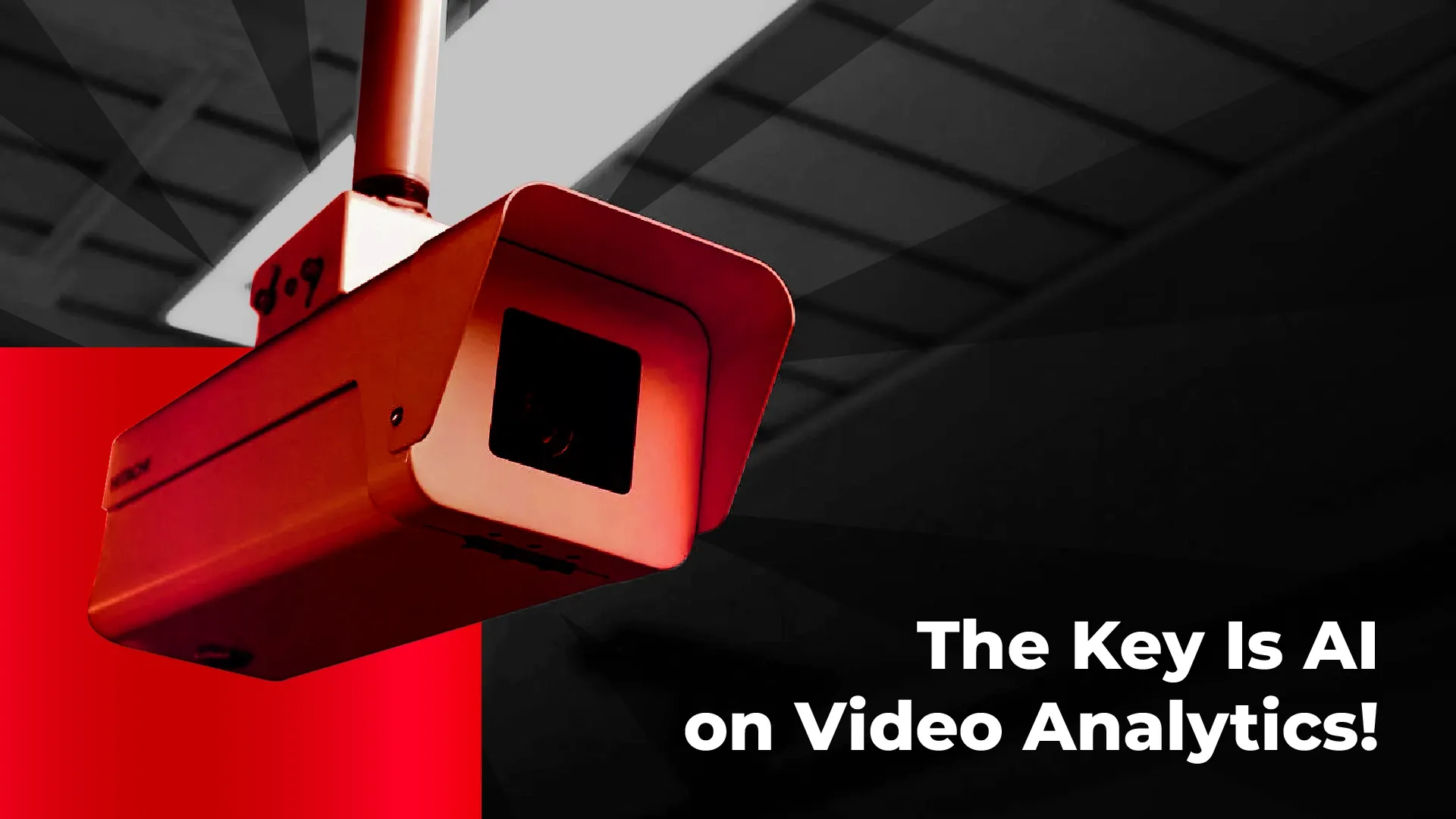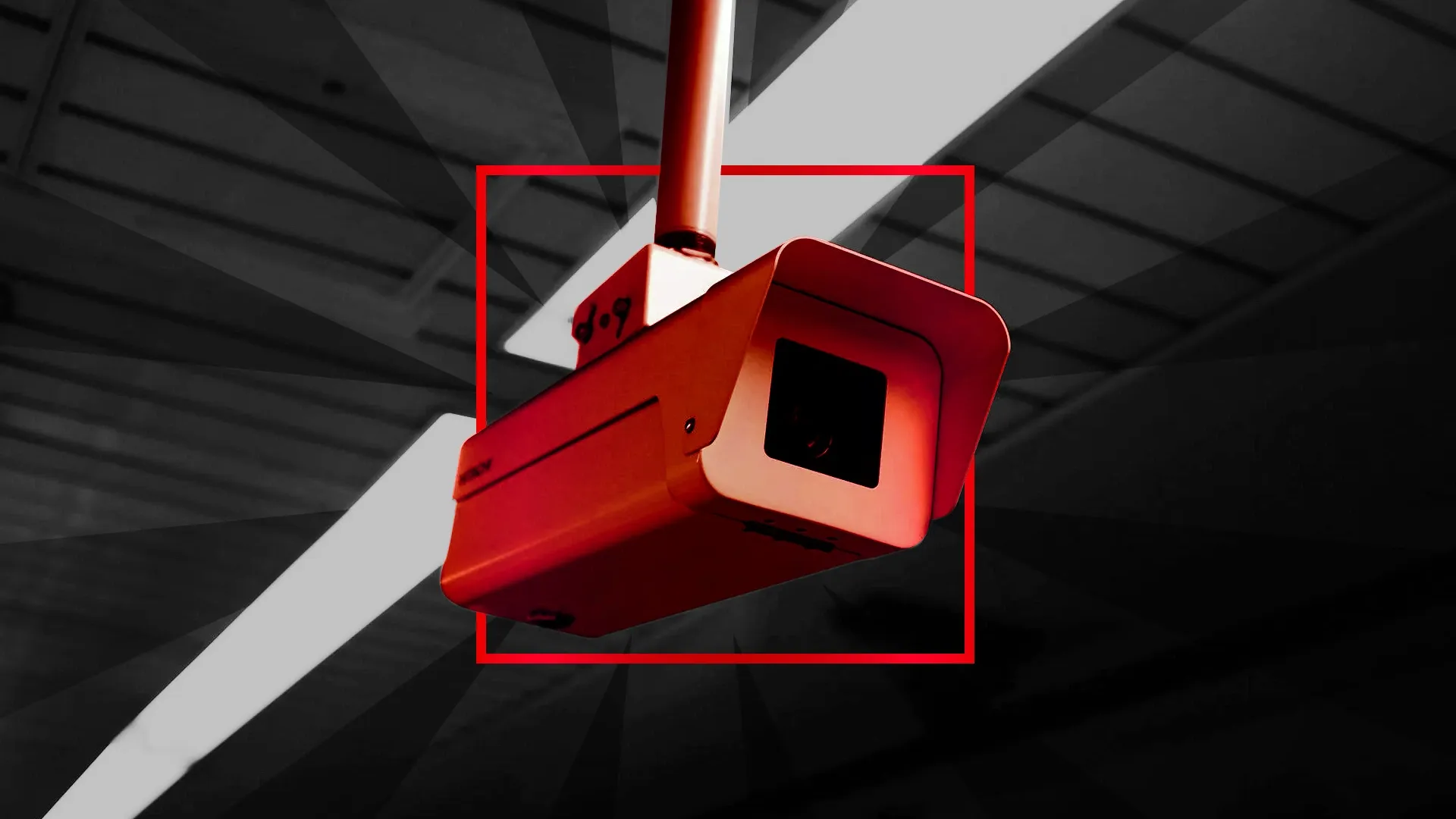Rapid technological advancements have driven the automation of various processes, including CCTV camera monitoring. Traditionally, surveillance relied on manual observation by human operators, but this approach carries inherent risks of human error. Naturally, people tend to experience fatigue and boredom when performing repetitive tasks, such as monitoring CCTV feeds for extended periods.
This limitation has spurred the shift from manual monitoring to automated computer-based surveillance, further enhanced by the emergence of Video Analytics, a cutting-edge technology powered by Artificial Intelligence (AI).
In this article, you will learn:
- What Video Analytics is.
- The role of AI in Video Analytics.
- Examples of Video Analytics Applications.
What is Video Analytics?
Video Analytics is a system designed to analyze information captured by cameras/CCTV to obtain the required data.
Interestingly, all Video Analytics systems share the same processes and workflows, but they serve diverse purposes, resulting in significantly different data outputs for each application.
Data Processing in Video Analytics
To understand how Video Analytics works, it's essential to examine the underlying principles governing its operation. In its data processing workflow, Video Analytics follows Data Analytics methodologies to study raw data, which is then processed to generate meaningful insights.
Leveraging various AI techniques, Video Analytics can identify patterns within data. AI techniques such as machine learning, deep learning, and others can be trained to assist in detecting, identifying, and categorizing data.
But how exactly is video processed?
Video Analytics Workflow
There are three stages in processing data in Video Analytics, including:
- Input: Since video analytics involves processing data in video format, the raw data is directly captured from the CCTV/camera devices.
- Process: In this stage, the video is processed according to the objectives of the application. The video is processed frame by frame and then reassembled into a video with processed data that can provide information to the user.
- Output: The newly processed video can be displayed on various devices in the form of web, desktop, or mobile applications in real-time.
Compared to traditional monitoring, which requires 2-3 shifts for 24/7 operations and is prone to human error, Video Analytics enables real-time and precise results.
Example applications of Video Analytics
Let’s take an example of Video Analytics implementation on traffic. Essentially, Video Analytics installed on highways can serve three functions:

Video Analytics for Vehicle License Plate Recognition
Using high-speed CCTV cameras, video analytics can detect and read license plates of passing vehicles in real-time. This allows authorities to utilize the data in other systems, such as for electronic ticketing processes.
Video Analytics for Traffic Monitoring
Video Analytics has proven effective in observing and analyzing traffic conditions. It can determine the causes of traffic jams and analyze the affected area. In the event of an accident, the data from Video Analytics can serve as evidence for authorities to manage the situation.
Video Analytics for Vehicle Counting
The goal of this application is to categorize vehicles that pass a specific area. Categories can include cars, motorcycles, buses, and taxis. The resulting data can help authorities monitor traffic density in one area compared to others, making it easier to identify and address traffic jam points based on the data provided.

Implement Video Analytics Now!
With specific goals, Video Analytics has proven to help many companies automate processes and generate high-value data.
With over 11 years of experience in Digital Transformation, KLIK Group is ready to bring AI in Video Analytics to elevate your business!


RELATED POST
Infographic: Utilization of Sentiment Analysis for Social Media
Nov 28, 2025
Identify The Right Type of Sentiment Analysis for Your Business
Nov 05, 2025
Key Success Factors of Sentiment Analysis
Oct 23, 2025